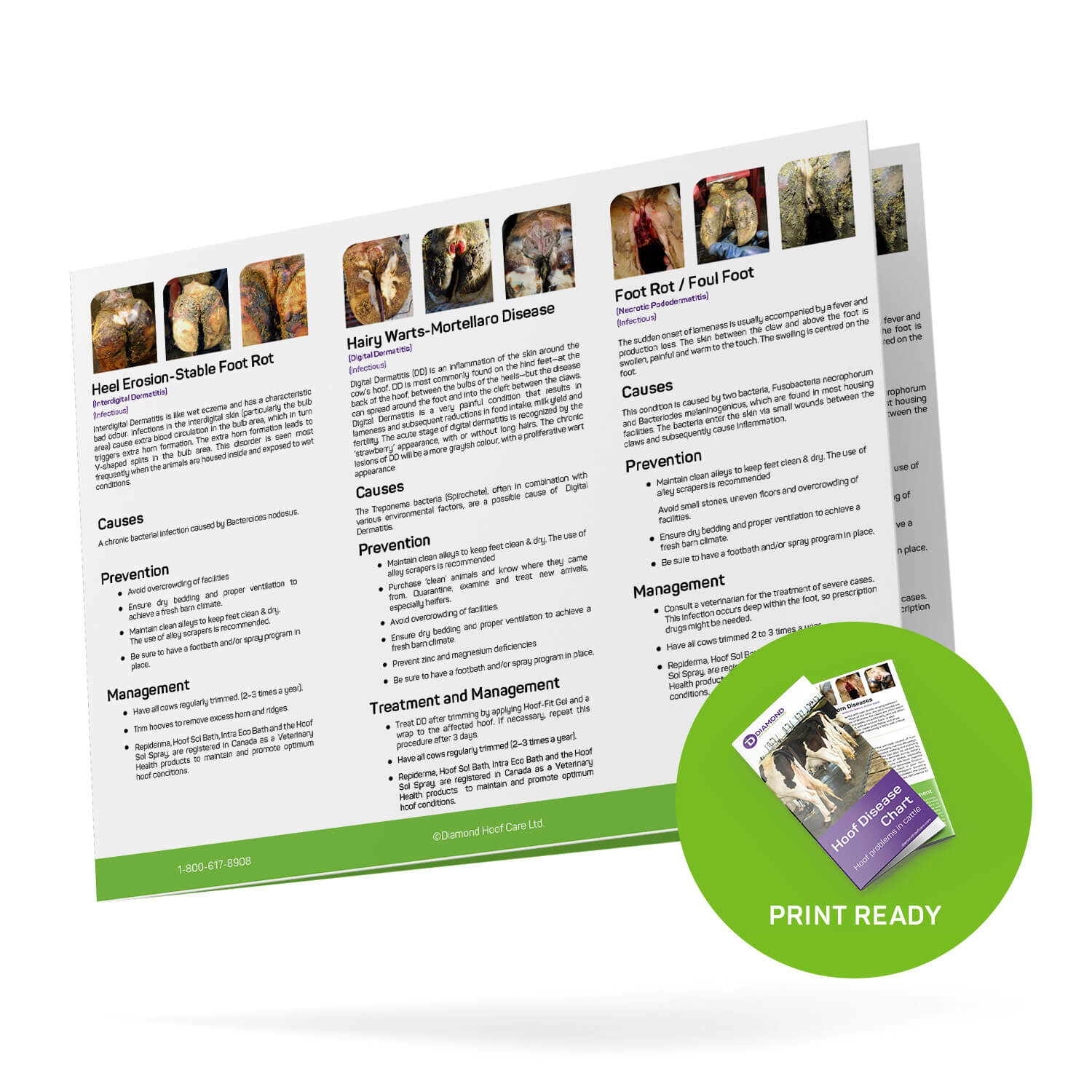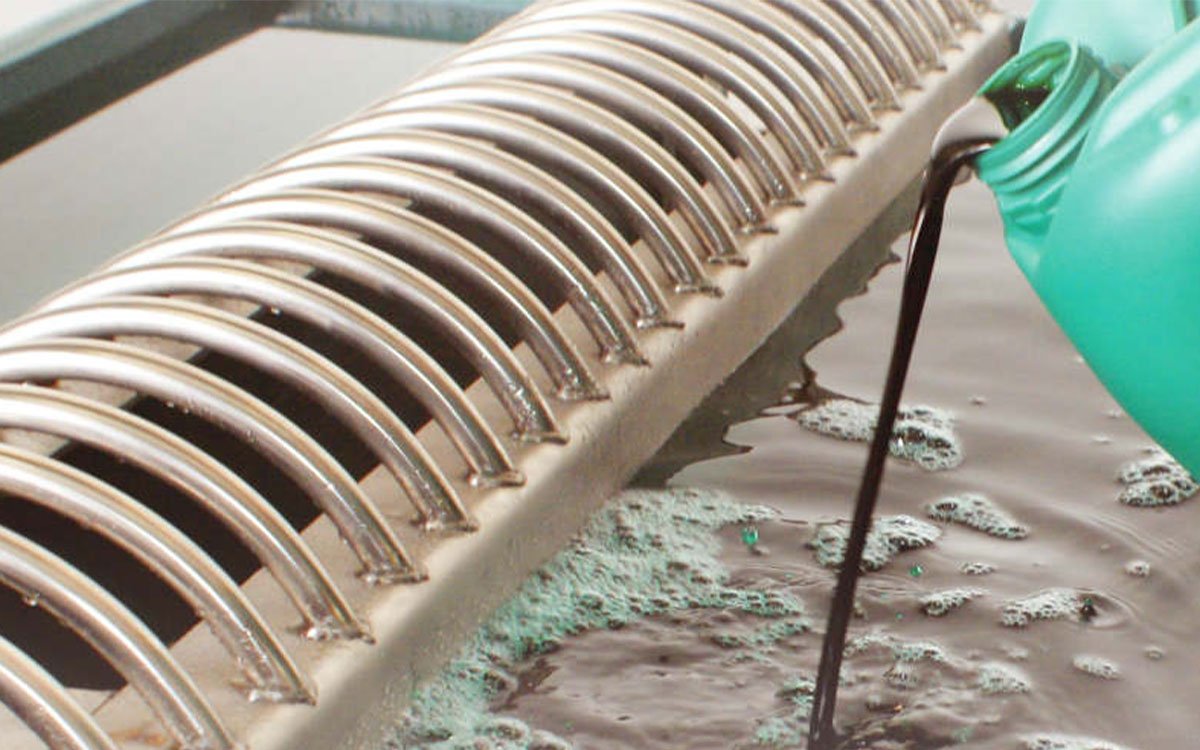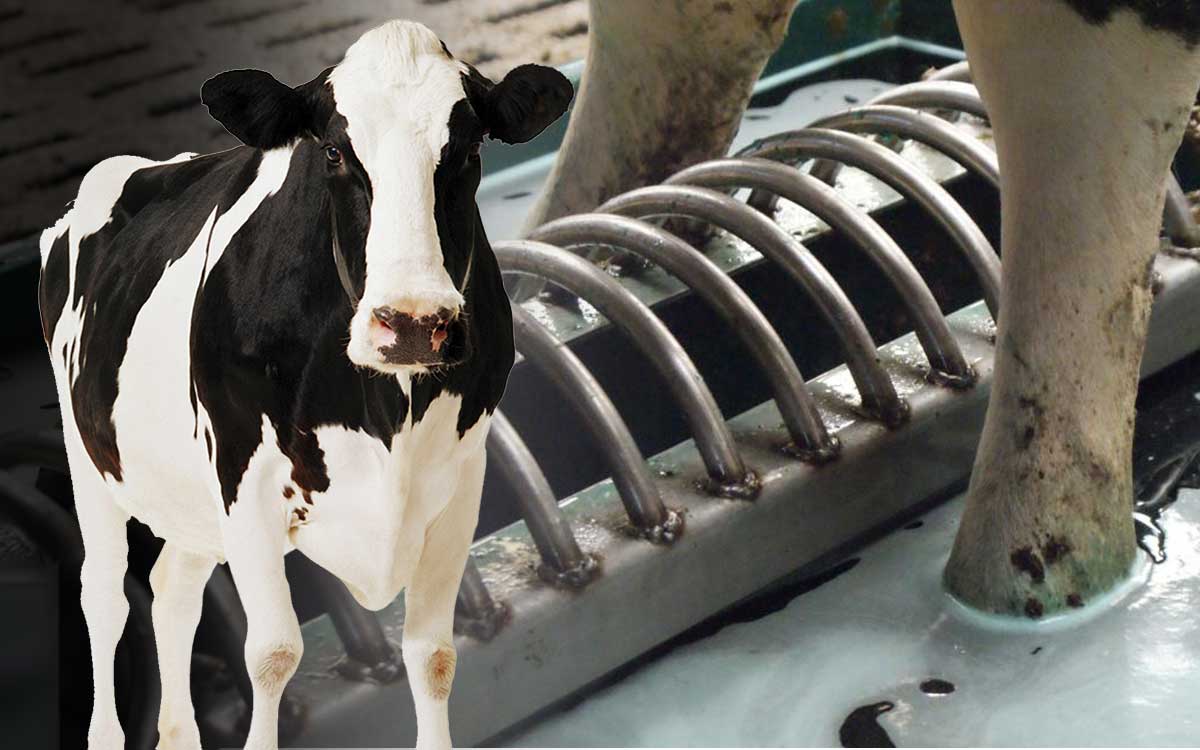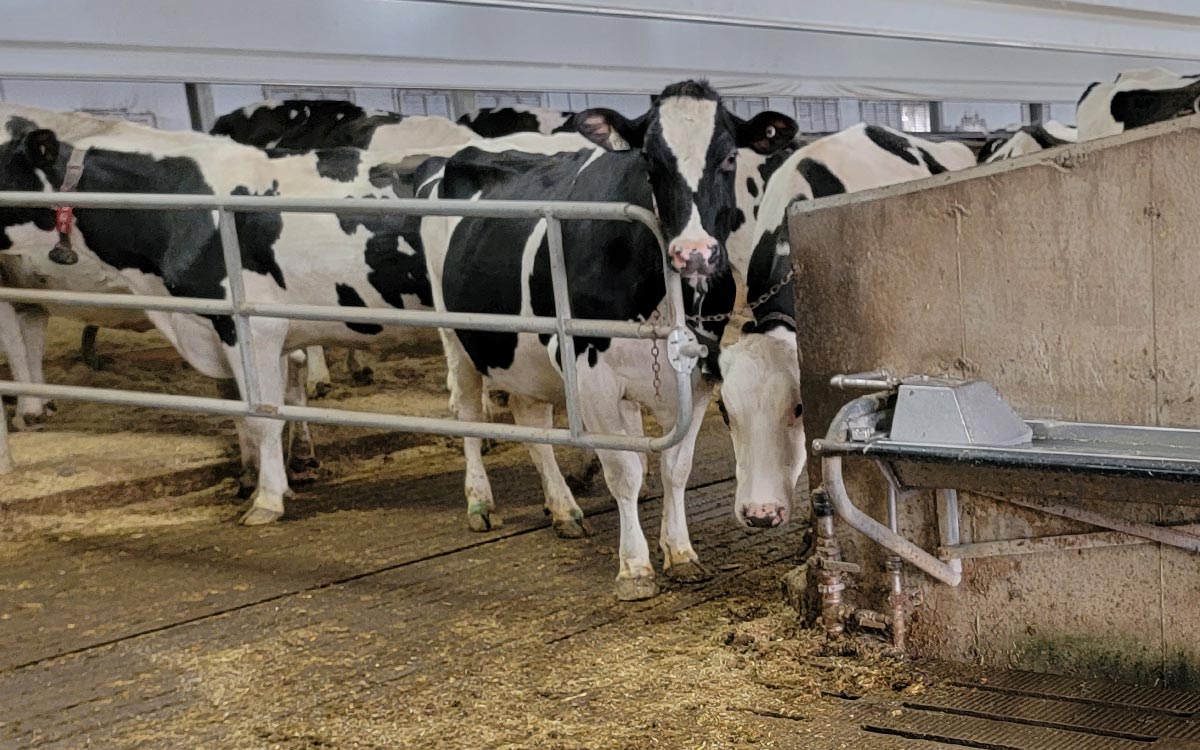A producer recently approached me after starting to question the ultimate success rate of the footbath method and wondering how to measure the Return on Investment (ROI). He felt frustrated and overwhelmed: he had used the footbath frequently and still had an unacceptable rate of lameness in his herd. I would like to explore the issue further in this article. I’ve split this article into three sections:
- The method itself: the use of the footbath.
- Lameness: judgements differ.
- How to improve the use of footbaths.
1. The method itself: the use of the footbath
The dairy industry has been using the footbath method for over 40 years. It has recorded both positive and negative experiences over this period.
On a positive note, the footbath has a definite place in a lameness prevention program. They are a valuable asset when dairies properly use the footbaths and regularly clean them. However, the most important aspect is not the footbath itself but the records that go with hoof care management. Someone should be in charge of monitoring lameness at any given time, recording the cause, and treating the individual animals by trimming or wrapping their feet. The process should also include follow-ups to check whether the animals have recovered. Use these records to fine tune your footbath protocol and thereby optimize lameness prevention.
Many see footbathing as a “time-saver,” arguing that “there are only 24 hours in a day and we cannot always take care of our lame cows.” Research shows that, at any given time, 25-30% of cows in North America are not walking properly. This indicates that the footbath method is not sufficiently effective and there are some challenges to overcome.
Challenges to using a footbath
Footbaths often serve as a method to treat lameness instead of being part of a preventative approach. When the herd is showing some lameness, producers assume that the cause is an infectious disease (foot rot, heel warts (DD)) and put a footbath in place, using it religiously for a while. But really, what is the cause of lameness? The use of a footbath can’t fix or prevent all lameness. Do you have a plan in place for the cows that remain lame even after extensive use of any footbath method? It would be best to treat all lame cows before you run a footbath program. This gives you some benchmarks to judge the success of the footbath over a period of time. It also provides a focus for taking care of the causative factors in a more effective way, either by adjusting footbathing protocols or trimming frequency.
Thoughts about the footbath solution
Another point to consider is that a footbath gets polluted very fast. Thus, the first cows get the benefits of a clean solution, while the last ones have to walk through the dirty solution. As a matter of fact, your lame cows, which are the slower group, are the ones that end up with the most contaminated bath while they are also the ones that need the bath treatment the most.
We designed the Intra Bath to avoid much of the contamination by adding the grill in between the two tubs.

I’ve seen a lot of herds where the cows are reluctant to walk through any footbath. Have you ever thought about what does it do to the animals when owners use this method in a herd with lameness, and the solution is very harsh on the animals’ feet? If the solution comes into contact with a sole ulcer or even a heel wart (DD) (both are exposed lesions), it causes stinging. I guarantee that this cow will remember and try to avoid that footbath for the rest of her life!
Footbaths are not the ultimate treatment baths! If you know that the animal is lame, deal with the individual problem as you would with mastitis. The results and benefits will be much greater.
In some cases, producers quickly mix the footbath solutions before milking and place them in a return lane from the milking parlour, which is the most logical place. But what about the person handling the various products? Are they safe for him/her? Could the fumes be hazardous? As a hoof trimmer, I’ve had to smell formaldehyde throughout the day because it was the footbath solution by choice. Maybe we should wear masks when doing our trimming job to protect ourselves from the fumes.
Finally, in some areas, field contamination is also becoming an issue because footbath solutions need to be dumped somewhere. Where do all those chemicals end up?
2. Lameness: Judgments Differ
Not every producer judges lameness in the same way. Some “allow” some lameness to occur, while others lose sleep if a single cow is not walking right. Therefore, I refer to the Zinpro lameness scoring chart to get everyone on the same page regarding the definition of lameness. On the other hand, you need to be honest and monitor the cows’ gait. After all, you know what hurts, you can see when they are content, and you know you’re happy when milk production is good. It’s a fact that a lame cow will not produce very well. Some speak about “acceptable levels of lameness,” but really, don’t get too complacent: the truth is that lameness increases if you ignore it. Please shoot for zero percent lameness in your herd because anything above that is a loss.
Standardizing lameness scoring is, therefore, a must for judging the success of any foot bathing method you use in your herd.

Hoof Disease Reference Chart
3. How to improve the use of footbaths
Footbaths remain an essential part of the total hoof care protocol. The best way to tackle the lameness challenge includes various steps which I’ll outline below.
An individual approach to hoof care
First, find any lame cow in your herd and take care of her as soon as possible by lifting the foot. She needs your help to be able to perform at full capacity, and in return she will reward you with better production. I’ve seen larger herd owners challenge their employees on this. The workers received a bonus as a reward for every lame cow they found and treated in the hoof trimming chute. Eventually, you’ll notice that your employees are “sniffing” for lameness to get their bonus, but guess what? As the herd owner, you are reaping the benefits.
My new and revised Record Keeping Worksheet keeps track of your herd’s hoof trimming records with ease and precision.
This individual approach is the most important part of the hoof care protocol. It is like mastitis with milking – the sooner you solve it, the better your success rate. And, of course, just as post-dipping the teats is important for preventing mastitis, so is footbathing for the feet to prevent lameness. However, if other aspects of management are failing, you can teat-dip as much as you want, but mastitis will still occur. The same happens with footbathing: it’s only one aspect of the total hoof care program.
The use of the spraying-method
Finally, the spraying method for all back feet has been used for many years. You ought to do the spraying once a week, and it’s a great way to focus on the hooves. When using this method, you should also make sure you have a notepad or a whiteboard in the parlour. This will allow you to write down the numbers of all cows that can’t walk properly and then bring them to the hoof-trimming chute for correction. As I’ve stated before, have a reward system in place to encourage your milkers to find the lame cows. It will be rewarding for them, but more so for you as the herd owner.
The above steps may not address the lameness challenges in full. In such case, you should perhaps consider having a well-managed footbath as an additional preventative method. Run these protocols for a while and fine-tune them on the go. You’ll notice that the more intense hoof care approach will give you a greater ROI.
Additional resources
Hoof care is perhaps your challenge. Don’t worry, there’s some great resources that’ll help you tackle the challenge!
- Hoof Signals: the ultimate hoof care book with many colour graphics and clear instructions. CLICK HERE TO GET YOUR COPY
- Hoof-fit Gel: proven treatment for Digital Dermatitis. ORDER HERE
- Intra Bath: the tool to get the footbath job done. ORDER HERE



